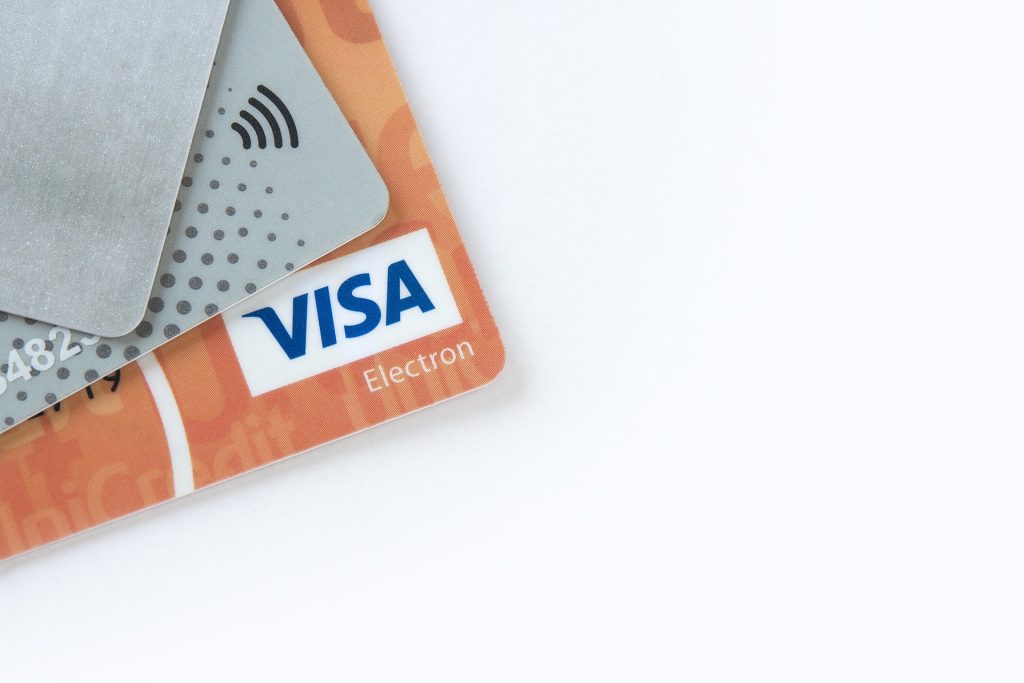Wondering if you can have two Chase Credit Cards? As a seasoned financial analyst, I’ve explored this query in depth. In this piece, I’ll shed light on the matter and offer you the guidance you can bank on, dispelling any myths surrounding multiple Chase Credit Card ownership. Your path to informed financial decisions starts here.
Can You Have Two Chase Credit Cards?
Yes, you can have multiple Chase credit cards. Many people hold several Chase cards to take advantage of different benefits and rewards, like combining a travel card for miles and a cashback card for daily expenses.

Remember Chase’s application rules, such as the 5/24 rule, which limits approvals if you’ve opened five or more new cards with any issuer in the past 24 months.
Advantages of Having Multiple Credit Cards
Let’s delve into some of the standout advantages of holding multiple cards.
Maximize Your Rewards
Having multiple cards allows you to earn many credit card rewards on your purchases. For the frequent traveler, one card might offer valuable miles, while another provides hotel rewards. This combination can unlock travel-specific perks, such as room upgrades and anniversary nights, enhancing your travel experiences.
Boost Your Credit Score With a Low Credit Utilization Ratio
Your credit utilization ratio plays a significant role in your credit score. It represents the amount of credit you’re using compared to what’s available. By having multiple cards, you increase your available credit, which can help keep this ratio low. Most lenders prefer to see a ratio of 30% or lower, signaling responsible credit management.
Save Money With Balance Transfers
Multiple cards offer the flexibility of Chase credit card balance transfers. If you’re carrying a balance on a high-interest card, transferring it to another card with a lower interest rate can result in significant savings. This strategy can be especially beneficial when leveraging introductory offers with 0% interest on balance transfers.

Disadvantages of Having Multiple Credit Cards
Let’s explore some of the challenges of juggling several cards.
Annual Fees Can Add Up
Having multiple cards can lead to several annual fees. Ensure the benefits of each card outweigh its cost, significantly if you’re not maximizing the card’s full potential.
Organizational Challenges
Juggling multiple cards requires careful management of due dates, spending, and credit limits. Failing to do so can adversely affect your credit score.
Potential Red Flags for Issuers
If you’re applying for several cards within a short timeframe, it might raise eyebrows among credit card issuers. This behavior can make you appear at a higher risk, potentially leading to Chase denied credit card application or less favorable terms on new cards.
Impact of Hard Credit Checks
Every time you apply for a new credit card, the issuer conducts a hard check on your credit score. While one hard inquiry might have a minimal impact, multiple inquiries in a short period can significantly lower your score. It’s essential to be strategic about when and how often you apply for Chase credit cards.

Is it Smart to Have Two Credit Cards From the Same Bank?
Having two cards from the same bank can be beneficial if they complement each other’s rewards or perks. Over time, consistent payments on one card might qualify you for a second card with better terms, suiting recent life changes or new card features.
How Can One Benefit From Possessing Multiple Cards From the Same Bank?
Having multiple cards from the same bank can streamline your finances and amplify rewards. Here’s how:
- Maximize Rewards Programs: Combine points from multiple cards to redeem for travel experiences not tied to a specific airline or hotel.
- Complementary Card Features: Strategize with cards that align with your spending habits, like using a cash-back card for daily expenses and a travel card for trips.
- Improved Credit Utilization: Multiple cards increase your credit limit, potentially boosting your credit score when balances are paid monthly.
- Simplified Finances: Manage all your card bills in one place, using a single app and log-in, making it easier to track and redeem rewards.
Why Should You Consider Getting Multiple Cards From Different Banks?
Diversifying your cards across various banks can offer unique advantages and prevent pitfalls. Here’s why:

- No Balance Transfers Within the Same Bank: Transferring balances to cards with lower interest rates can help reduce monthly charges. However, transfers between cards of the same bank are typically not allowed.
- Mistakes Are More Noticeable: Repeated missed payments with one bank might lead to increased interest rates and challenges securing future credit with that institution.
- Diverse Features and Benefits: Sticking to one issuer might mean missing out on varied perks. To truly benefit, it’s wise to have cards that offer a wide range of features, often found across different banks.
Related Questions
Is it Smart to Have Two Chase Credit Cards?
Yes, having two Chase credit cards can maximize rewards and convenience, especially if you’re responsible with money management and timely payments. It’s particularly useful if you aim for different rewards or need additional credit lines.
Can You Have Two of the Same Credit Cards?
Indeed, with most major issuers, you can hold two identical cards. However, the primary consideration is the method of obtaining these duplicates. Typically, you’d need to change a product to possess two of the same card.
Can I Have Two Chase Accounts?
Absolutely. There’s no restriction on the number of bank accounts, be it checking, savings, or any other type, that an individual can maintain with Chase.
Conclusion
Is it possible to hold two Chase credit cards? Yes, it is, and doing so can be advantageous for those looking to maximize rewards. However, being mindful of Chase’s specific rules, such as the 5/24 guideline, is crucial. Whether you’re loyal to one bank or exploring options across different institutions, strategic management and a deep understanding of each card’s benefits remain key.
